



This material is based upon work supported by the National Science Foundation under Grant Number (NSF Grant Number) CNS-1147602. Any opinions, findings, and conclusions or recommendations expressed in this material are those of the author(s) and do not necessarily reflect the views of the National Science Foundation.
REPWiNet: Renewable Energy Powered Wireless Networks - Architecture, Protocols and Implementations
Research Statement:
This project aims to provision energy-efficient communications by powering wireless access networks with renewable energy. Wireless access networks and the power grid are envisioned to be deployed in a distributed manner in which a distributed base station consumes less amount of power that can be generated by renewable energy. Optimization theory and game theory are applied to study the interaction between the wireless access networks and the power grids, to optimize the operation of wireless access networks by integrating the power distribution of the micro grid into the design and optimization of the wireless access networks, and to design the operation of the micro grid by considering characteristics of both the power demand of the consumers (wireless access networks) and the distributed energy resources (renewable power generators). The research explores the potential of applying renewable energy into powering wireless networks, and stimulates the large scale application of renewable energy in helping green the society and reduce the carbon footprint of the environment. Two major results are anticipated: 1) the algorithms that optimize the operation of renewable energy powered wireless networks (REPWiNet), and 2) the communication protocols that coordinate the wireless access network with the underlying power grids. The insights and results derived from designing REPWiNet will provide guidelines not only for designing wireless access networks but also for designing the power distribution and coordination in micro grids. Research results will be posted on a website as well as submitted for publications in journals and presentations at premium conferences.
Research Activities:
1. Intelligent Cell Breathing to Optimize the Utilization of Green Energy
Intelligent Cell brEathing (ICE) is to optimize the utilization of green
energy in cellular networks by minimizing the maximal energy depleting rate of
the low-power base stations powered by green energy. Minimizing the maximal
depleting rate is an NP-hard problem. ICE is thus proposed to achieve low
computational complexity. ICE, in each iteration,finds the energy dependent set
and the vector of beacon power level decrements for low-power base stations in
the set, and then shrinks the coverage area of these base stations by reducing
their beacon power levels. The algorithm iterates until the optimal solution is
found. ICE balances the energy consumptions among LBSs, enables more users to be
served with green energy, and therefore reduces the on-grid energy consumption.
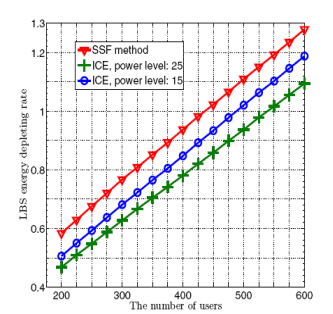
Fig. 1. The maximal EDR comparison (N=25).
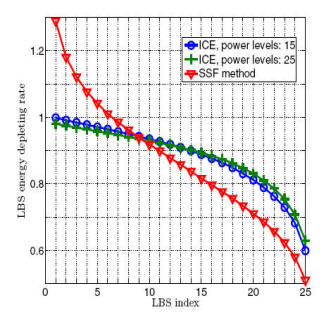
Fig. 2. The EDR comparison (N=25, M=600).
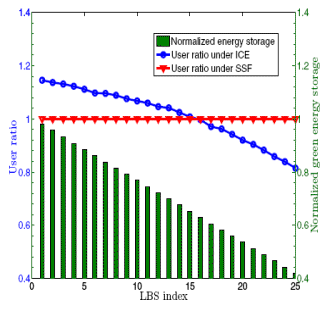
Fig. 3. LBSs¡¯ statuses (N = 25,M = 600, G=2
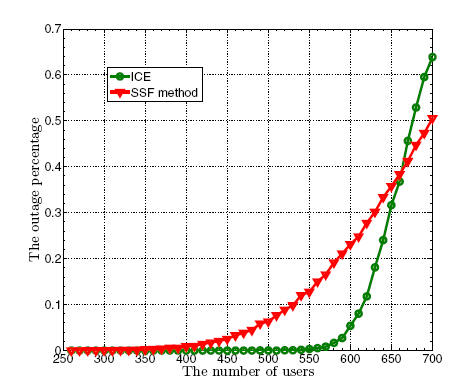
Fig. 4. The user outage percentage (N=25, G=20).
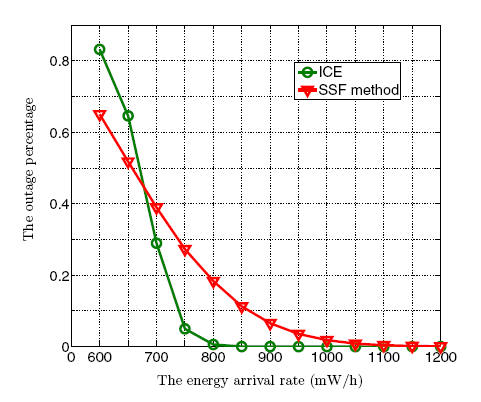
Fig. 6. The user outage percentage (M=600, ¦Ó = 360s, N=25, G=20).
2. Optimizing Cell Size for Energy Saving in Cellular Networks with Hybrid Energy Supplies
In this solution, we optimize the energy utilization in cellular networks
whose BSs are powered with both regular energy from the grid and the renewable
energy. We minimize the on-grid energy consumption of BSs
by adapting their cell sizes. The cell size optimization problem is NP-hard. We
divide the problem into two subproblems: the multi-stage energy allocation
problem and energy consumption minimization problem. We propose an energy
allocation policy and an approximation algorithm to solve these
subproblems,respectively, and subsequently solve the cell size optimization
problem. Simulation results demonstrate that the proposed solution achieves
significant energy savings.
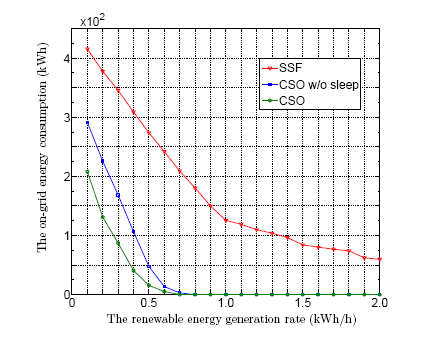
Fig. 1. The on-grid energy consumption with different generation rate.
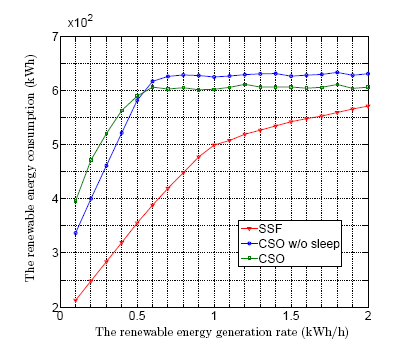
Fig. 2. The renewable energy consumption with different generation rate.
Publications:
1. Tao Han and Nirwan Ansari,"ICE: Intelligent Cell BrEathing to Optimize the Utilization of Green Energy", to appear in IEEE Communications and Letters.